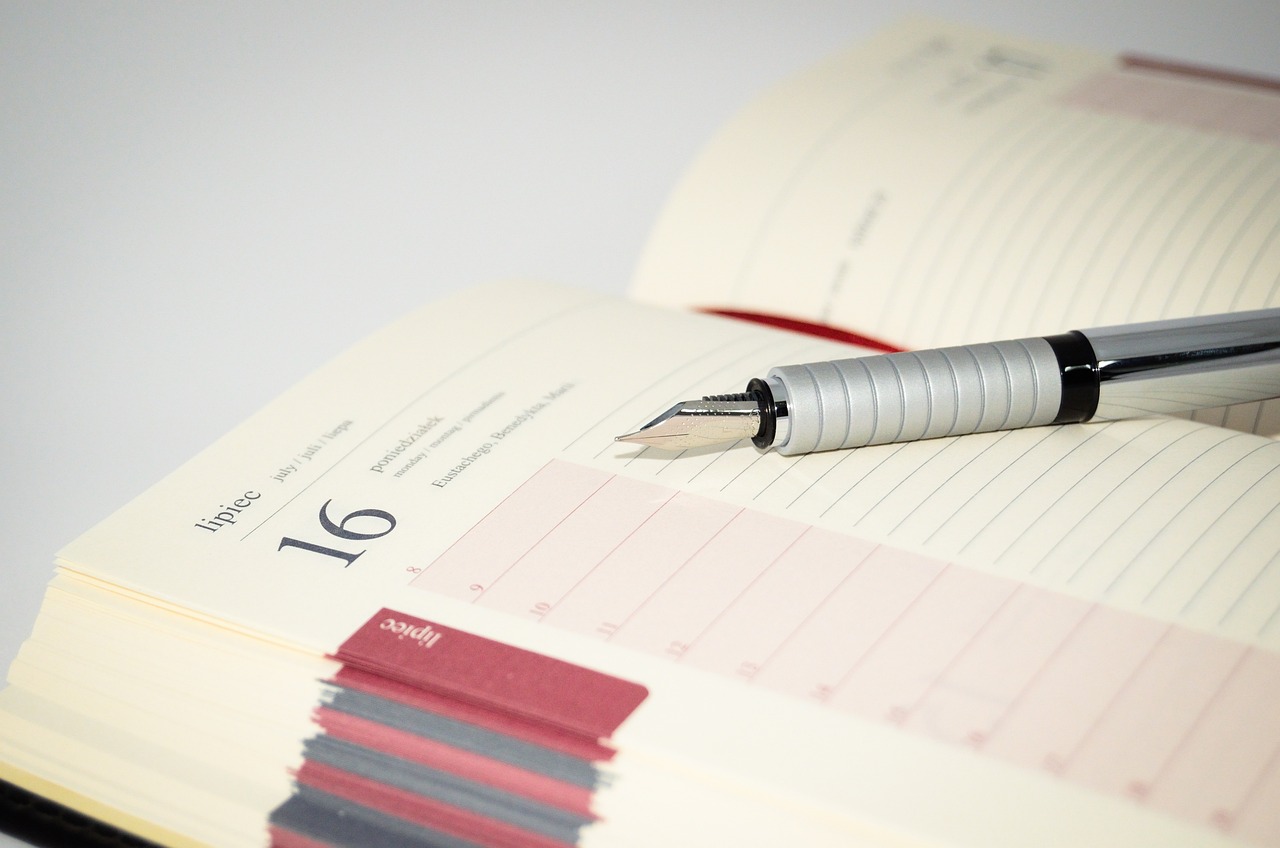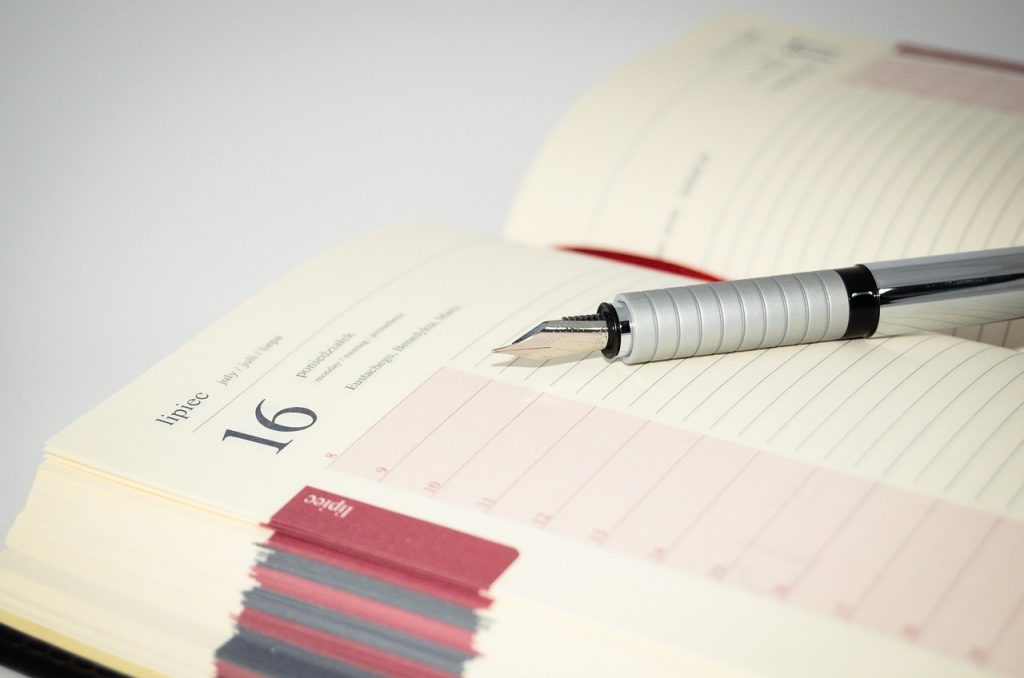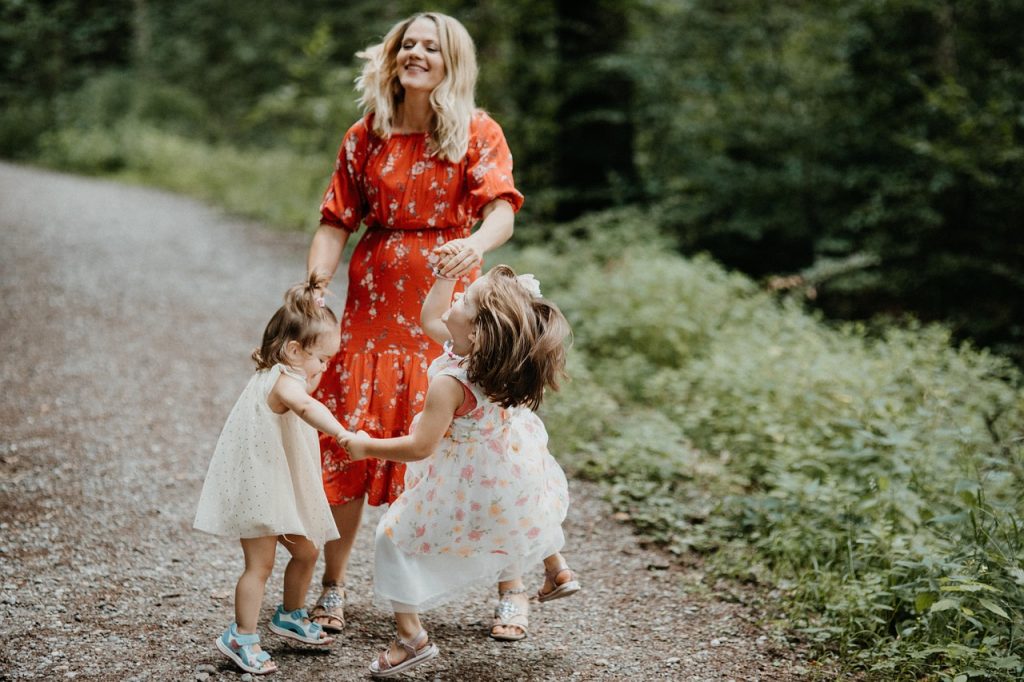The Life-Changing Magic of Planning Your Week

What I Learned from Interviewing Time Tracking Expert Laura Vanderkam
I work as a Life Coach for a group called Cultivate Club, and every month we do a live interview of a guest expert our members. March’s theme in the Club is “time,” and last Friday I had the exciting privilege of interviewing author, TED speaker, and time management expert Laura Vanderkam. This experience left me inspired and eager to share her wisdom with you. As a longtime admirer of her work, particularly her 2010 book 168 Hours: You Have More Time Than You Think, I was excited to glean further insights into enhancing my productivity and overall satisfaction in life. I’ll break down the key takeaways from our conversation. Planning your time really is life-changing!
Laura emphasized three core practices that can revolutionize the way we use our time and help us make the most of it: time tracking, planning your week, and incorporating buffer, or “open space,” into your schedule. Let’s delve into each of these practices, starting with the foundational step of time tracking.
Time Tracking

Laura urged us to embark on a journey of self-discovery by tracking how we spend our time over the course of several weeks. Even a few days of tracking can provide insights, and be sure to include a weekend day when you try it. Laura’s research shows that individuals who engage in time tracking are more satisfied with how they spend their time. This was huge “aha!” for me because it turns out Laura and I both are focused on a mission of helping people find more joy in life. So, if for no other reason, try tracking your time because you will actually be happier if you do.
Whether through Laura’s downloadable spreadsheet or various time-tracking apps, the key lies in consistent recording without overcomplicating the process. Simply checking in several times a day to update your time log will do. Personally, I kept time on a stopwatch to get an accurate measure of precisely how long I actually spend doing dishes (yesterday was 20 minutes).
If you decide to give time tracking a try, let me know what you discover!
Planning Your Week

While I’ve personally been setting aside time on Sunday mornings for weekly planning, Laura advocates for using Friday afternoons to map out the upcoming week. Her reasons are compelling, so I’m giving Friday planning a try. Taking a holistic look at your week involves reviewing your calendar, setting priorities, and considering aspirations across three crucial domains: work, relationships, and self-care.
Here are some questions you can ask yourself during weekly planning:
- What do I need to get done (in each domain–professionally, relationally, and personally)?
- What would I like to see happen this week (professionally, relationally, and personally)?
- Do I have enough time for work? For my relationships? For myself?
- What adventures would I like to see happen (try for one big adventure and one small adventure)?
- Do I have something I’m genuinely looking forward to scheduled this weekend?
Make These Three Lists to Help You Plan
In her book Tranquility by Tuesday, Laura recommends making a list of big adventures and a list of small adventures that you would enjoy doing to refer to during your planning. She suggests planning one big adventure (half day) and one small adventure (about a hour) each week (ask your friends for ideas or look at some of Laura’s has many seasonal fun lists). For example, this week I took my kids ice skating (big adventure) and to play at the children’s library (little adventure). She also recommends keeping a “List of 100 Dreams” to look over while you’re planning your week. Do you have a dream that you can bring to life in the coming week?

By asking targeted questions like these and setting realistic expectations, we can elevate our planning and infuse our days with more joy. With practice, weekly planning can take just 10-20 minutes. Indeed, even a small investment in planning yields significant dividends as your week unfolds.
Build in Open Space
Incorporating buffer time—or “open space” as Laura referred to it—can reduce stress and allow for greater flexibility in your schedule. Interestingly, Laura emphasizes the importance of realistic planning. She aims to complete 100% of her intended tasks for the week! This was eye-opening for me, as I have a tendency to put all kinds of tasks in my planner that I have no intention of actually completing that day. This is the genius of planning your week vs. planning your day. I might not be able to complete everything I list in a day, but if I give myself the whole week, my chances of completion go way up.
By embracing the concept of open space, we also make space for the unpredictability of life. Open space also helps people who have difficulty with time estimation, which is quite common.
And Finally, Add Joy
In the introduction of I Know How She Does It, Laura Vanderkam writes: “I believe in filling [your life] with all the joy that is possible.” In fact, much of Laura’s work centers around helping you get more joy out of life. Similarly, at the heart of our mission here at Tidy Upgrade Home Therapy, we aspire to help you live a life that sparks joy.

One way to squeeze more joy out of life is to plan more joy into it. Implementing the time management strategies of time tracking, planning your week, and building in open space can greatly improve your overall well-being. You’ll become more mindful of how you use your time and succeed in prioritizing activities that bring you joy. After all, designing a life that sparks joy and creating space to live it out is the path to a more fulfilling life.
